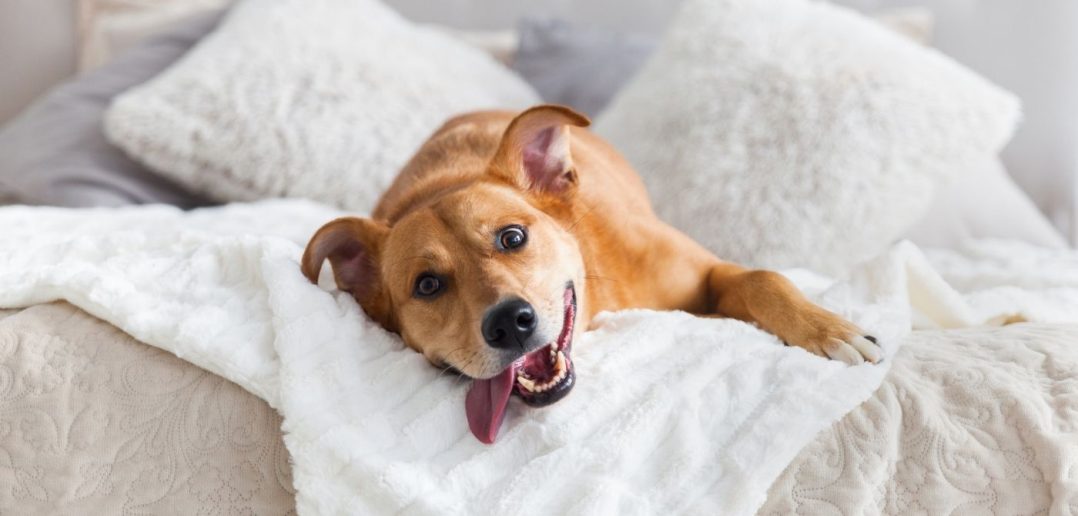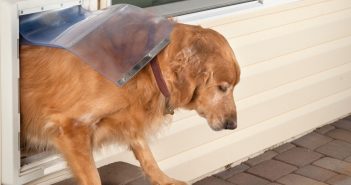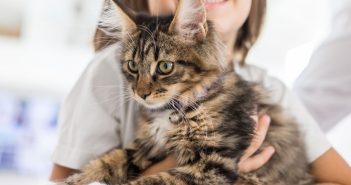Once you’ve puppy- or cat-proofed your home, there are still some pet hazards in and around your house that you might not think about right away. Check out this list of the four surprisingly common household dangers for pets, so you can minimize your furry friend’s exposure to these things.
Hardwoods Stairs
If you have hardwood floors in your home, your pet’s paws can’t always get the best traction. It can lose its grip on the slippery finish and trip over itself, even on level surfaces. While these can make for some funny home videos, they are potentially dangerous. If the pet was to slip walking up the stairs, it could dislocate its hip or fall backward, sustaining injuries. So you want to make sure that its paws can get as much traction as possible when moving on hardwoods. Enter stair treads. If you choose the perfect sized stair tread, you can make your staircase safer and more stylish.
Unsuspecting Toxic Food
It’s common knowledge that dogs are allergic to chocolate, but many more common pantry items can be toxic to pets. For example, both dogs and cats can’t have onions or garlic. Garlic and onion are a part of the allium species, including leeks, scallions, chives, and shallots. An allium plant can damage its red blood cells, potentially causing organ failure. The other toxic foods include grapes, coffee, sugar-free candy, and more. With so many potentially dangerous foods, make sure you only feed your pet healthy foods made for it.
Choking Hazards
Outside of the toxic foods, you need to know of the inedible items your pet could eat. Like young children, pets have a knack for trying to eat things they shouldn’t. So make sure you’re aware of any small items that could turn into choking hazards. Also, if your pet has any chew toys, be wary of any small plastic parts that it could break off and swallow.
De-Icing Salts
The salt sold at department stores to clean the ice off your sidewalks and driveway can be toxic to eat and can iterate cats’ or dogs’ paws. In the winter, you’ll want to rely on alternative methods for melting the ice around your home. Cat litter and sand are both effect substitutes that won’t harm your pets.
After exploring the four surprisingly common household dangers for pets, you can ensure that your home is a safe space for everyone in the family.




